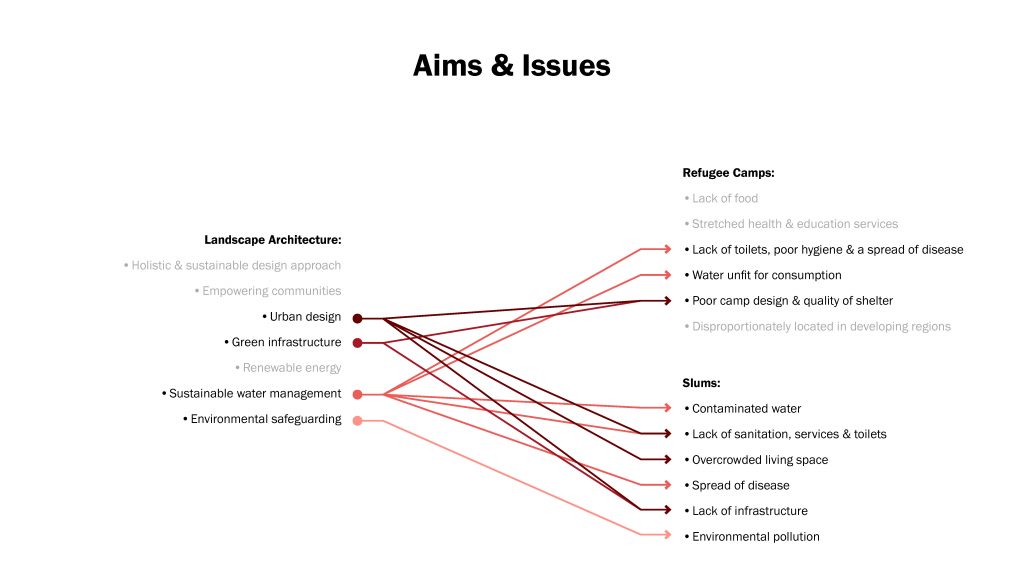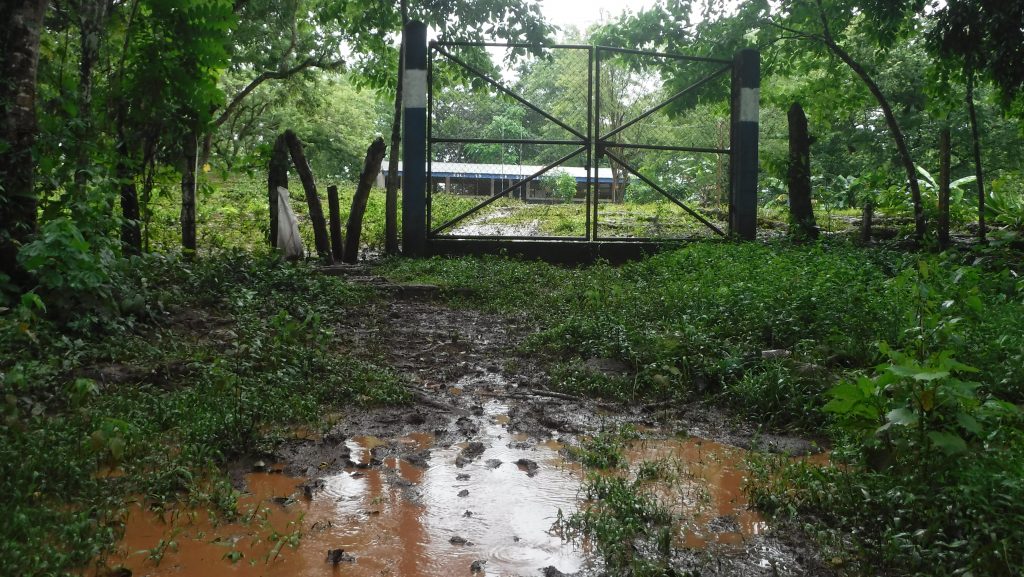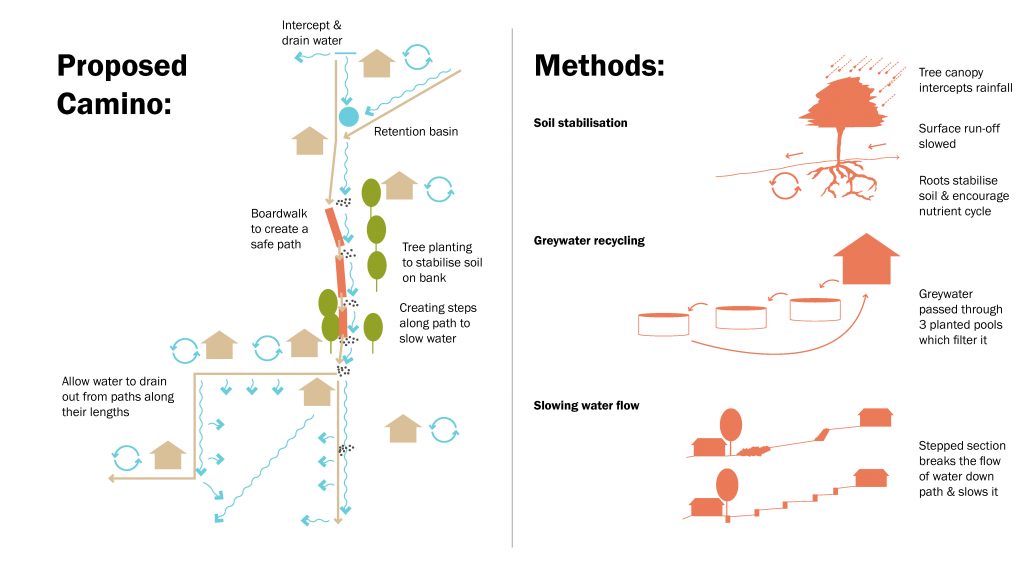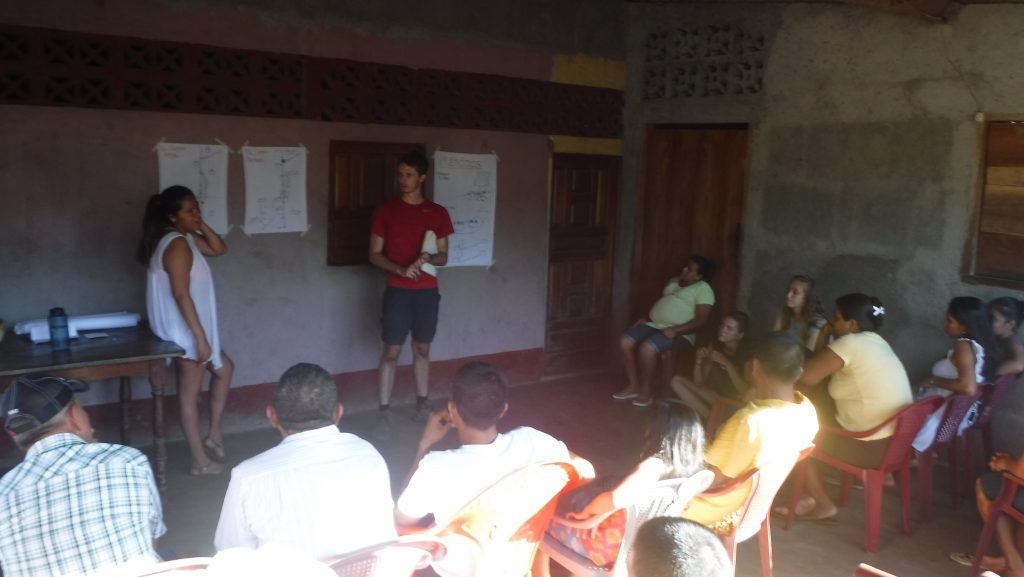We were lucky enough to have a recent visit from Rhys Jones, a graduate of The University of Gloucester who has been investigating the role of landscape architects in humanitarian work. His dissertation was on the role landscape architecture can play in refugee camps and slums and terra firma were delighted to be able to provide some sponsorship for his recent study trip to Nicaragua. Below is a precis of his presentation which he has kindly agreed to let us share.
During the course of his dissertation research Rhys established a number of key issues that were to be found within slums and refugee camps;
Refugee camps:
- Lack of food
- Stretched health & education services
- Lack of toilets, poor hygiene & a spread of disease
- Water unfit for consumption
- Poor camp design & quality of shelter
- Disproportionately located in developing regions
Slums:
- Contaminated water
- Lack of sanitation, services & toilets
- Overcrowded living space
- Spread of disease
- Lack of infrastructure
- Environmental pollution
A review of global landscape architecture practice highlighted the strengths of the profession and the areas in which it could provide assistance.
Rhys then examined the way in which landscape architecture could design for these communities reaching the conclusion that, rather than a one-size-fits all modular solution, designers need to think holistically and involve the local communities specifically through:
Refugee camps:
- Refugee participation
- Involvement of organisations
- Consideration of social & cultural needs
- Moving away from a sense of dependency
- Acknowledging that refugee situations aren’t ‘temporary’
Slums:
- Community participation
- Involvement of multiple stakeholders
- Using locally available & affordable resources
- Respect for the established built & social environment
- Considering the economic & social underpinning of a built solution
Of course one of the major hurdles is the availability of professionals in these areas and the overwhelming shortage of landscape architects in the worst-affected areas, such as Africa, however there are some successful examples, such as http://u-tt.com/project/empower-shack/ and http://www.kounkuey.org/ .
Nicaragua
During his study trip to Nicaragua (organised through https://www.volunteerics.org/ and https://raleighinternational.org/) Rhys was able to test some of his ideas in practice by helping a local community deal with issues caused by heavy rainfall and waste water which, among other things was making local journeys, including those to school, difficult where paths had been turned into seasonal rivers.

Applying the skills of landscape architecture Rhys devised a series of simple improvements and successfully engaged the local community.

Rhys’ concluded that landscape architects are uniquely positioned to solve issues like these through a combination of 4 key attributes:
- Holistic, big-picture design thinking
- Project management
- Environmental consciousness
- Community empowerment
Moving forward, Rhys is hoping to establish a network of professionals from this and other disciplines that can work together to improve the situation of the poorest and most at-risk communities of the world.
Rhys currently works at Land Use Consultants.